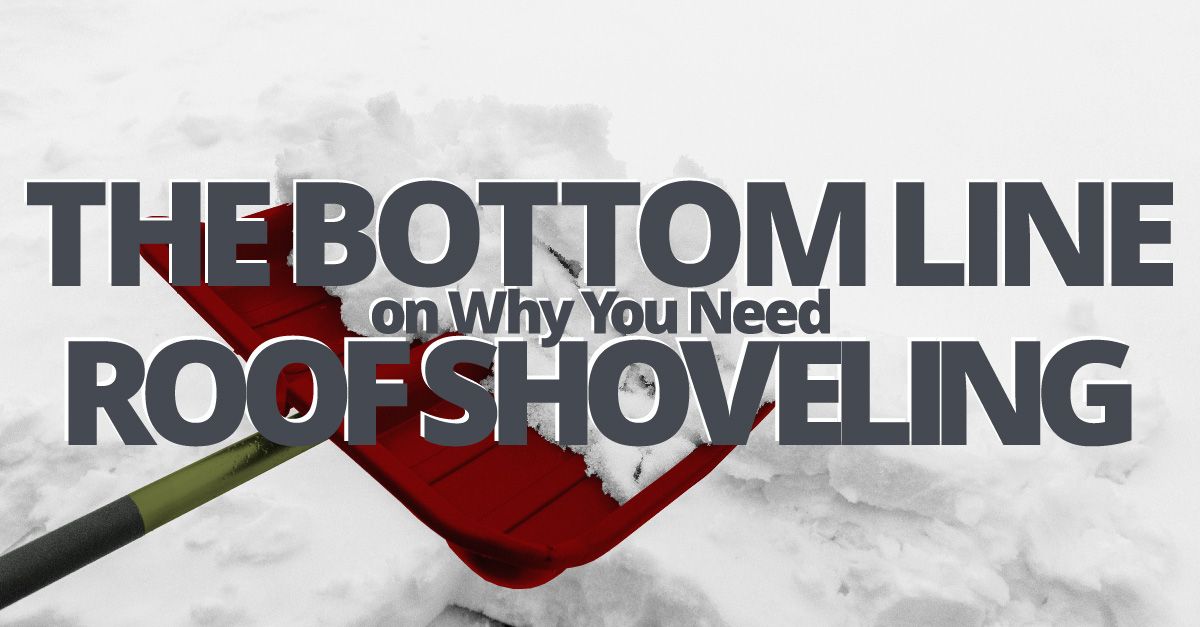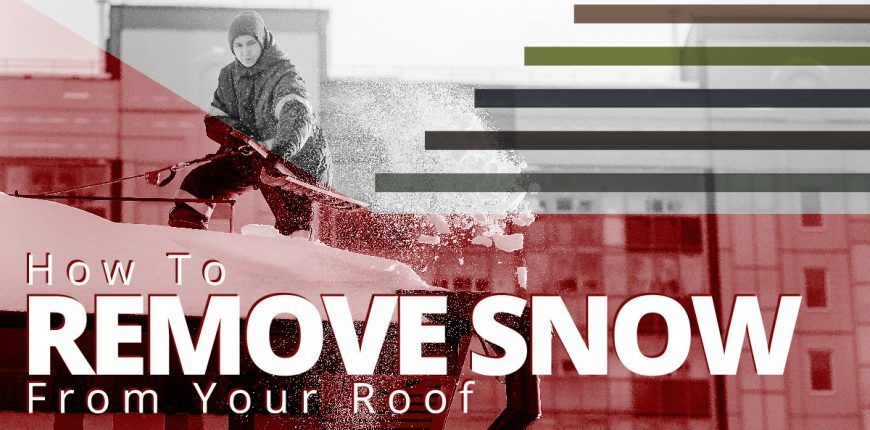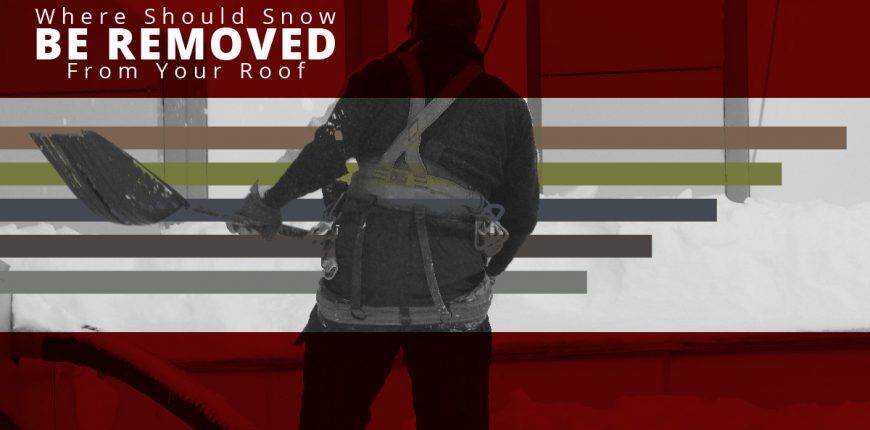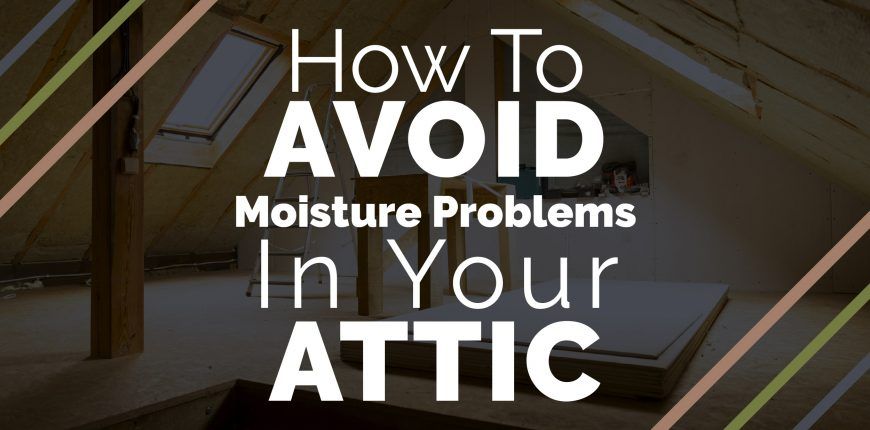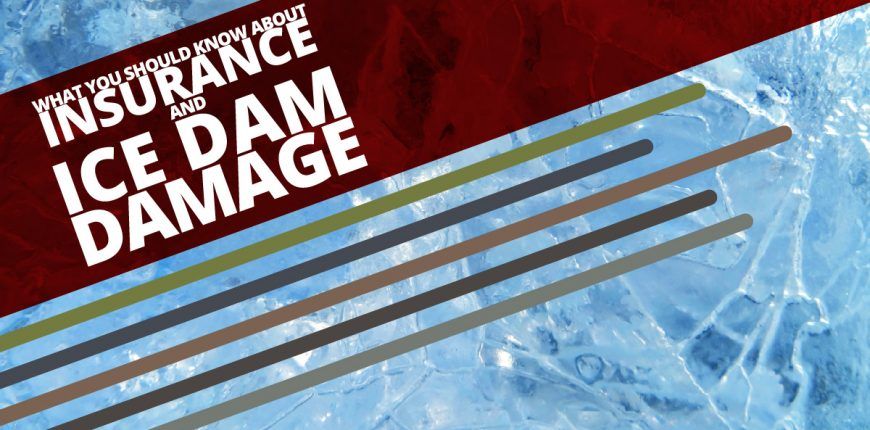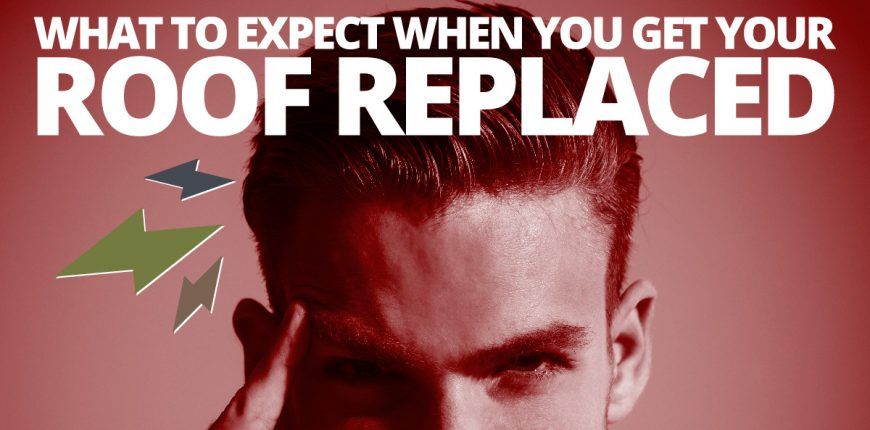The purpose of this page is to increase awareness among homeowners about the potential for moisture problems in attics and how to avoid or resolve them.
How Can I Tell If I Have Moisture Problems?
If you suspect you have moisture problems in your attic, check for the following indications of excess moisture in the attic.
- Rust
- Moisture, frost, and ice buildup on roofing nails
- Dark stains
- Moisture or frost on the roof’s sheathing
- Water or drip marks scattered on the attic floor
- Buckled or damaged roof sheathing
- Moist or wet insulation
These signs can vary contingent on the catalyst of the problem, and are generally worse on north-facing or shady sides of roofs.
How Does Condensation Get In The Attic?
Moisture accumulation is most significant when outside temperatures are very cold because air holds less moisture as the temperature decreases. If there is excessive moisture accumulation in your attic it will condense on cold areas mainly on the underside of your roof deck.
During the winter months, the recommended relative humidity inside a house is anywhere between 30-50 percent. At higher levels, relative humidity condensation can even occur inside of the house on windows, cold walls, or ceiling surfaces. Depending on how tight a house is constructed and the outside temperature, even a relative humidity of 30 percent may be too high. Condensation may occur at low levels of humidity on single-pane windows or windows which are not sealed well.
Sources of moisture in a home can vary. Some of the common sources are baths, showers, dishwashers, washing machines, dryers, cooking, unvented gas or kerosene space heaters, and the overuse of humidifiers. Even the average person produces about 3 pints of water a day while breathing. These sources are generally not a huge contributor to excessive moisture in the house or attic unless the amount of moisture is unusually high, the house is extremely tight, or proper venting is not used.
SCHEDULE A FREE ESTIMATE
.
Can Moisture Accumulate Through Foundations & Slab Walls?
Another less noticeable, but common source, of moisture accumulation is water moisture penetrating through foundation walls and floor slabs. Even when basements, floor slabs, and crawl spaces do not appear excessively damp they can be a significant source for moisture. Because of the relatively moderate temperature in these areas, moisture can go unnoticed and may not cause any problems there. As the moisture migrates upwards to the colder attic areas during the winter months, the relative humidity is increased to the point that condensation can occur on cold surfaces. This can result in mold, rust, and deterioration of wood and structural fasteners.
A simple qualitative test can be performed to see if moisture is passing through a foundation wall or floor slab. Take an 18 by 18-inch square plastic sheet and tape it tightly to the concrete and leave it in place for at least 16 hours. The presence of moisture under the plastic sheet is a positive indication that excessive water/moisture is likely in the slab. However, a negative indication is not an assurance the slab is acceptably dry below the surfaces. It is recommended to perform this test in several different locations.
How Does Moisture Rise From The Basement To The Attic?
In the winter your home’s heating system warms the air throughout the house. When water meets warm air it evaporates. Moist air has a lower average molecular weight than dry air, so it is less dense. If the top floor of the house is not tightly sealed warm air will escape, causing the pressure inside the house to decrease. This then results in air infiltration from openings at the lower sections of the house. Infiltration can be caused by wind, negative pressurization of the building, or by air buoyancy forces also known as the stack effect. Any water vapor in the warm air rises until it reaches the cold roof deck area at which point it cools and condenses back to a liquid phase.
Most of the openings which allow air to escape into the attic can easily be overlooked. Some of the more common examples of openings found in a house include gaps at pull-down attic stairways or other access openings; gaps at the tops of the exterior and interior walls; poorly sealed ductwork; and openings in the ceiling at wall cavities above stairways and closets. A considerable amount of air can leak through relatively small gaps. Some openings can even provide a direct path from the basement or crawl space directly to the attic. Air infiltration is also a common cause of heat loss and can significantly increase the heating cost.
How Can I Eliminate Excess Moisture?
Most professionals will recommend increasing ventilation in your attic if ventilation is inadequate. However, this often does not solve the problem. Increased ventilation alone will increase the exfiltration of air, lowering the temperature of the attic. This may increase condensation and lower the effectiveness of the insulation. Also, because airflow is not uniform, significant condensation may still occur. A moist attic means moist insulation and moist insulation is less effective.
The best solution for controlling moisture is at its source. If the problem is the result of water or moisture penetrating the foundation or floor slab, there are many remedial actions that may help. These can include the installation of seamless gutters and downspouts. These should be cleaned regularly and be working properly. Re-grading the property near the perimeter of the foundation and sealing foundation walls or floor slabs are two more options. Using a dehumidifier and installing a perimeter draining system can further reduce moisture in the foundation or floor slab. Because of the many conditions which can cause foundation moisture penetration and the many solutions, each house should be individually evaluated to determine the cause and the best possible solution for the problem.
What Else Can Be Done?
After moisture penetration is controlled as best as possible, the next approach to reducing attic moisture is by controlling air infiltration. Simply by sealing the various possible paths of air leakage already discussed, infiltration will be reduced, therefore restricting the movement of air and eliminating the stack effect. Most handy homeowners should be able to handle this part on their own. If not, there are many weatherization contractors available to complete this type of project.
Keep in mind, when air leaks are properly sealed to reduce air infiltration into the house, the relative humidity is higher. This moisture is contained to the living space where it is desirable during the winter months. Tighter homes have reduced heating and cooling costs and are generally more comfortable. If a home is too tight the need for mechanical ventilation might be necessary to assure moisture or pollutants do not accumulate to unhealthy levels. However, this is not a concern even for most properly sealed homes.
What About My Attic Insulation?
Now that the house is properly sealed it is crucial to verify the attic’s thermal insulation is adequate and properly installed. The insulation on the floor of your attic needs to have an approved vapor barrier installed on the warm-in-winter side of the insulation. In most cases rolled or batt insulation will have a vapor barrier already attached. On the vapor barrier, the insulation should be labeled at least an R-30. If that number is lower you should add more insulation. If the attic has blown in cellulose check to see if there is a vapor barrier and confirm the cellulose insulation is spread evenly throughout the attic floor. Attics with pull-down attic stairs should have attic stair insulation covers installed.
Should I Do Anything About My Attic Ventilation?
The final step is attic ventilation. Attics need to have a balanced ventilation system consisting of an intake and an exhaust. The soffits work as the intake and roof vents or ridge vents work as the exhaust. This installation method actually promotes the stack effect to continuously move the air contained within the attic. When a properly balanced roof ventilation system is installed, any breeze blowing across the ridge of the house causes air to be drawn from the roof or ridge vents. The air is replenished through the soffit vents. When installing a balanced ventilation system it is important to block any older style gable vents located on the house. These vents will actually short-circuit the desired flow of air.
For more information on this subject visit our home page www.jcarnesroofing.com
J. Carnes & Son Roofing proudly serves New Hampshire’s Seacoast and surrounding areas.


